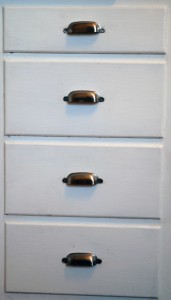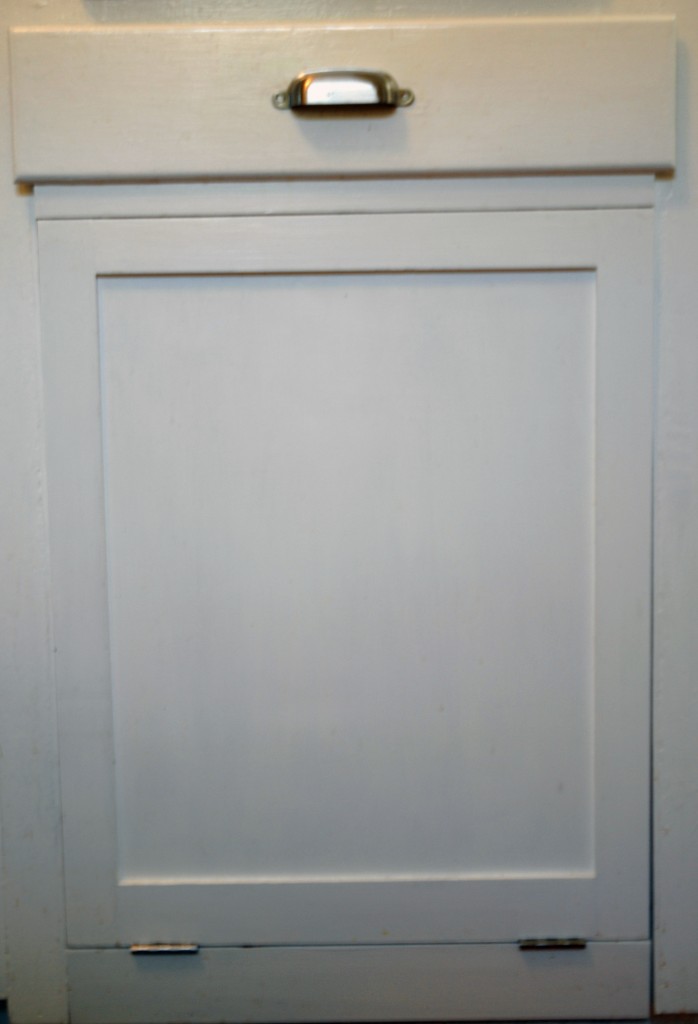 After three years and approximately 10,000 dishes washed by hand, we finally decided to install a dishwasher. We’d always planned on it–had, in fact, left a bank of drawers empty in anticipation of replacing them–but it was a low priority. The space available wasn’t quite large enough for a 24″ model, limiting our search to 18″ models. As it turns out, the pool of candidates was limited to one cheap model, one mid-range model, and two ridiculously expensive models. A cost-benefit analysis showed spending the money for the mid-range Bosch was worth it for a stainless steel tub, hidden controls, and quiet operation.
After three years and approximately 10,000 dishes washed by hand, we finally decided to install a dishwasher. We’d always planned on it–had, in fact, left a bank of drawers empty in anticipation of replacing them–but it was a low priority. The space available wasn’t quite large enough for a 24″ model, limiting our search to 18″ models. As it turns out, the pool of candidates was limited to one cheap model, one mid-range model, and two ridiculously expensive models. A cost-benefit analysis showed spending the money for the mid-range Bosch was worth it for a stainless steel tub, hidden controls, and quiet operation.
I began installation by removing the drawers and cutting out the web frames supporting those drawers. This left a rough in open slightly larger than I needed, so I cut trim strips on the table saw and glued them in place. While the glue dried, I cut the opening to pass the power and water connections into the space under the sink. Unfortunately, the water inlet connection was too large for the supply lines. After some headscratching and a consult in the plumbing section of Gray Lumber, replaced the supply line connections and hooked up the dishwasher.
An integrated dishwasher is so called because it integrates into your existing cabinetry. The machine is set back from the cabinets enough to allow a false front to sit flush with the cabinetry. I built a frame and panel using the same techniques as the other cabinet doors and attached it to one of the old drawer fronts. The height of the door and depth of the toe kick meant I had to hinge a strip to the bottom of the false front. When the drawer is lowered, the strip swings out, letting the door open to its maximum depth. A rare-earth magnet in the top edge of the strip pulls against the a screw in the bottom edge of the main panel to pull the strip closed when the door is shut.


